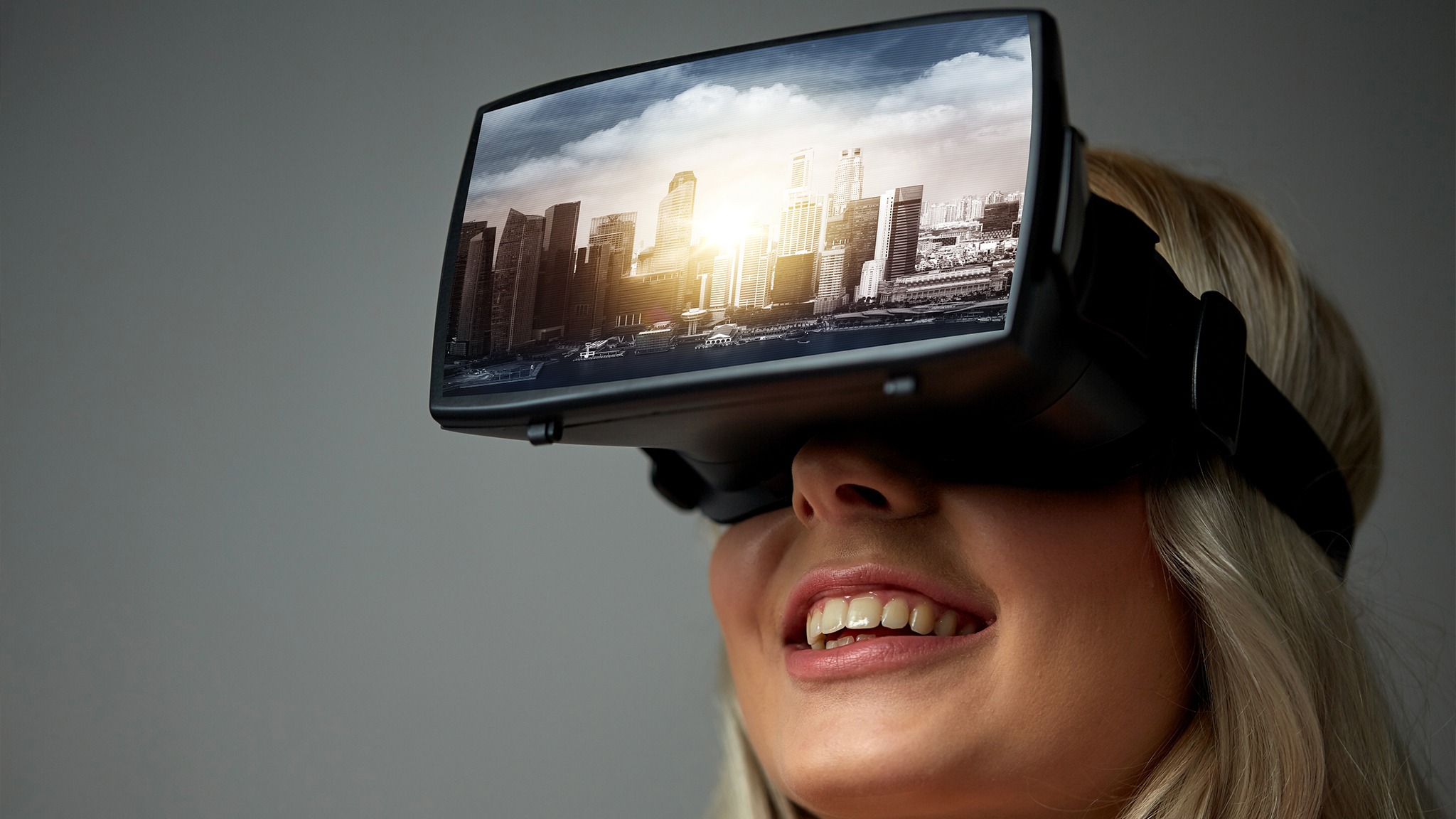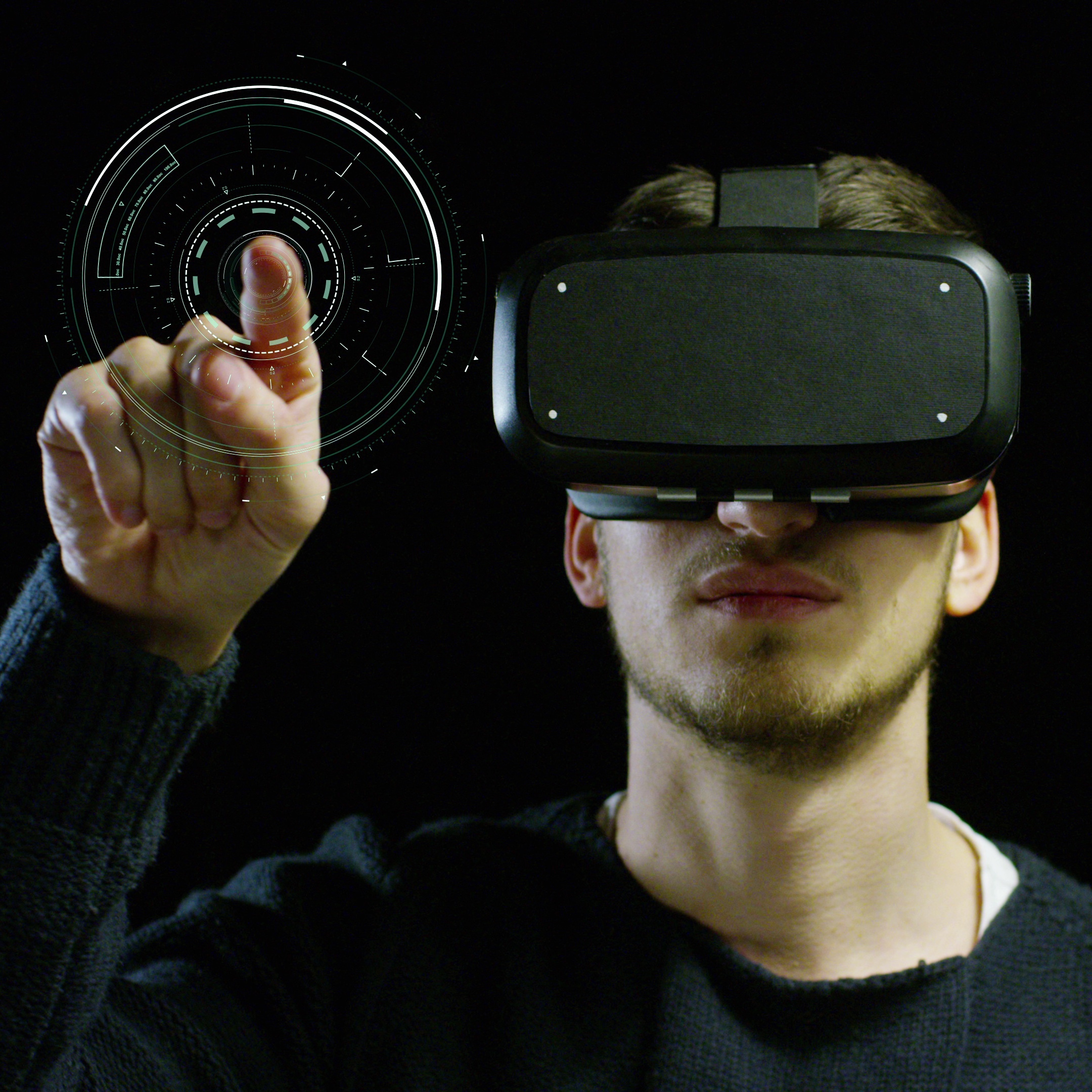The Rise of Virtual Tourism
Wouldn’t it be nice to travel the white sandy beaches of Mauritius today, see the Great Wildebeest Migration in Kenya tomorrow, and marvel at the Northern lights in Iceland the day after? Maybe visit the Sphinx over the coming weekend?
Virtual tourism is no longer a narrative of series like Black Mirror or films like Ready Player One. It’s no longer the future. It’s here.
The market has warmed up to the idea and there are many real-world virtual tours that you can undertake. One of the simplest and easily accessible options is the virtual tour of Thailand’s famously picturesque islands you can undertake, right from your couch, by watching 360-degree videos on YouTube – the same videographer’s page also features links for viewers to experience the islands in a more immersive manner via his videos using VR headsets.
There are countless 360-degree virtual tour options for The Louvre, with special links for viewers to immerse in the experience using Oculus VR glasses.
Saudi Arabia’s UNESCO world heritage site of Hegra is another exotic place that tourists can explore virtually, but here, using the Metaverse! What could have been just a dusty old site, despite its fascinating rock formations and tombs, is now a riveting tale – visitors can also use interactive media to go back in time to see its past.
Virtual tourism allows even out-of-commission tourist spots to remain accessible. Even though Notre Dame de Paris has been under renovation for the past four years, tourists can still view the marvel digitally. In fact, apart from being exhilarating experiences virtual tours provide logistical relief to high volume destinations – they allow high footfall tourist hotspots like the Notre Dame time for restoration, and can similarly give natural attractions with delicate biosystems a chance to breathe and recover.
But that’s just the proverbial tip of the iceberg when it comes to the many benefits of virtual tourism. Let’s look at virtual tourism’s long list of brownie points:
Benefits of virtual tourism
Virtual tours allow people to travel at far lower costs – improving financial accessibility, but also overall accessibility because disabilities are no obstacle to exploring popular destinations digitally.
Not only that, virtual tourism creates a much lighter carbon footprint as compared to the emissions that would be generated from flights, road travel, hotel stays, and so on associated with making a physical trip.
Of course, one might argue that in their current state, virtual tours aren’t exactly comparable with real-life tours, but tech has proven to have the capacity to improve drastically as it matures. We have seen this with other technology in the past. Phones or computers, for example, weren’t very convenient when they first came about, but now they are a daily arsenal that can be programmed to achieve nearly anything!
Let’s not forget that virtual tours played a large role in keeping the world entertained during the Covid-led lockdowns, satiating wanderlust amidst travel restrictions. Another way of looking at this is that virtual tourism enables people to travel and explore when it is not physically possible.
Another positive outcome of virtual tours is that they aid transparency for travelers and help make informed decisions. Today, you can check hotels, destinations, and attractions before you visit. This means no more bed-bug-infested hotel stays. No more arriving at an “untouched beach” to find thousands of other tourists there. No going to a so-called “world-class” theme park that actually has only a few rickety or unhygienically maintained attractions. People can view places and verify what they read online before they visit – after all, data on websites could be outdated or exaggerated. Moreover, the “try before you buy” approach is clearly appealing to people – they’re habituated to this benefit for Spotify and many types of software and are now expecting the same when it comes to travel.
This ability to offer tourists a next-to-real showcase can also give upcoming destinations an opportunity to compete and in the bargain save destinations overrun by tourists. For example, other Southeast Asian destinations with turquoise seas could compete alongside Thailand’s Phuket.
The most exciting thing about virtual tourism is that it knows no limits – from the depths of the ocean to outer space, other planets and the moon. You can even take a spacewalk!
And why stop there? The Metaverse can allow people to travel to imaginary places or imaginary recreations of real places. The metaverse market in the travel and tourism industry will be worth US$ 188.24 billion by 2026, growing at a CAGR of 26.01%.
There’s more. More to virtual tourism than tourism. When we say virtual tours or virtual tourism, it is natural for our field of vision to stay within the confines of tourism. But, virtual tours can also be beneficial to businesses for training staff on location-specific attributes.
Considerations and challenges in virtual travel
One couldn’t be blamed for wondering whether virtual tours will mean a decline in actual tourism, and consequently, loss of jobs and revenue for tourism-dependent economies? What about small businesses whose livelihoods rely entirely on tourism? In India alone, there are said to be about over 250,000 small travel agencies. What happens to the jobs and income of these hardworking folks?
It is unlikely that virtual tourism will cause the demise of IRL tourism. Instead, it will simply improve access for those who might not have the option of actually visiting, and also aspiration – if a photo post or video ad drives intense FOMO, imagine the effect of a VR advertisement! Travel is, was, and will always be a huge flex.
With any VR-experience involving VR headsets (or any tech that needs to view and assess the viewer’s surroundings and control what they see) privacy is a big consideration for the user.
Studies have found that spending 30 minutes or more immersed in VR can create over 2 million unique data points, and newer VR headsets have increasing capabilities to collect even more types of intimate data. This remains true for virtual tourism experiences, too.
Other VR-typical issues that extend to virtual tourism include spatial distortion and technological glitches, not to mention limited access to the best of these experiences due to the high costs of VR headsets, at least for the moment.
We would include motion sickness as a consideration, but that one’s as true for physical travel as it is for virtual travel.
And then, there’s the little things, the finer details of travel. Virtual tourism cannot be as authentic and immersive as the real thing because it cannot appeal to senses like taste and smell and offers limited opportunities for social interaction and, therefore, cultural immersion.
What’s Vietnam, for example, without savoring a flavorful bowl of Pho? What’s Thailand without a blissful foot massage? And is the Great Wildebeest migration as thrilling when you can’t feel the earth shake beneath you? What about the joys of interacting with the Masai Mara after watching them jump? Or the amazing hospitality that countries like India are famous for?
Virtual tourism is just taking off…
Virtual tourism brings countless benefits to the table – it is affordable, accessible, sustainable, and safe in times of global turmoil, too. It knows no bounds and makes room for informed travel decision-making by giving travelers a pre-visit peek into their destinations. The associated tech has some way to go before experiences are comparable to the real thing, but who knows? Virtual tourism sure has the makings of a large industry in itself. With the addition of haptic seats, surround sound and maybe personalized theatre ambience, it could become the next big thing!
Other aspects of IRL travel ensure it can always be partially replaced. That said, virtual tourism is here to stay: The global virtual tourism market was worth US$ 6.1 billion in 2022 and is expected to reach a valuation of US$ 23.5 billion by 2028, at a CAGR of 30.2% between 2023 and 2028.
To sum up, virtual tourism is ready for take-off and can be expected to soar to new heights within the next few years. Where are you traveling from your couch?



